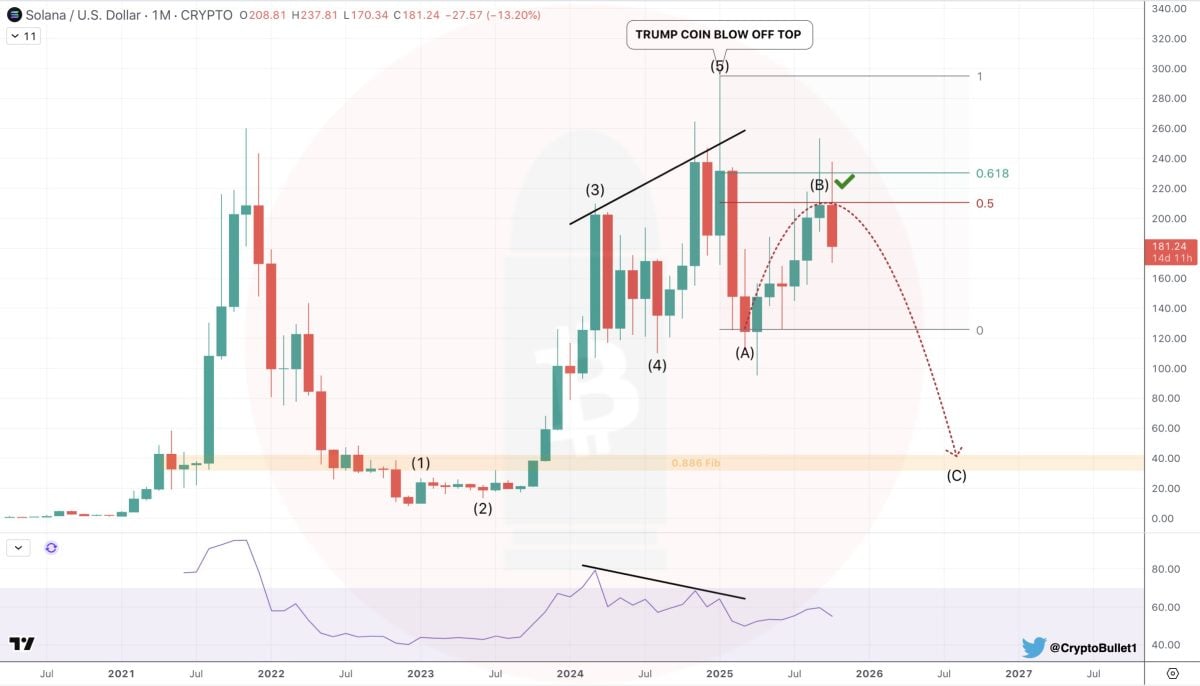NEAR Foundation Appoints Five Leaders: Can the "User-Owned AI" Narrative Breakthrough?
Author: Zen, PANews
In mid-October 2025, the NEAR Foundation, which was at a critical juncture in its ecosystem development, made its most important senior personnel adjustment in recent years, appointing five senior industry professionals at once to be responsible for key areas such as product, business, marketing, technology, and human resources.
The need to fill management positions in multiple key areas at once is due, on the one hand, to the scarce attention of developers and funds, as well as increasingly fierce competition among peers; on the other hand, it is also closely related to NEAR's shift of strategic focus to the products and ecosystem of "user-owned AI", attempting to make years of technology reserves truly scalable.
As Illia Polosukhin, co-founder of the NEAR protocol, said, the addition of five new executives will help them transform technology into products, move beyond the Web3 circle, and promote the implementation and popularization of privacy-preserving AI-native products around the world.
The "Five Tigers" take up their posts: covering products, markets and technologies
The NEAR Foundation, which has been focusing on underlying technology in recent years, made a notable personnel adjustment in October 2025, hiring five senior executives to its leadership team. The five new executives previously held senior positions at well-known institutions such as Bloomberg, Digital Currency Group (DCG), Flipside Crypto, and dYdX. Specifically:
Matt Kummell, Chief Commercial Officer, brings extensive experience in both traditional finance and crypto, including serving as Senior Vice President of Operations at DCG and serving on the boards of Foundry, a DCG-affiliated mining company, and CoinDesk, a blockchain media outlet. At the NEAR Foundation, he will develop a clear business strategy and help the NEAR ecosystem achieve broader market adoption.
Alycia Tooill, Head of People, has extensive experience in HR at tech startups and blockchain companies, including serving as Head of HR at Wyre and Senior Vice President of Human Resources at Flipside, a blockchain data analytics company. As NEAR's ecosystem and business expansion continues, attracting and retaining skilled talent in AI and privacy-focused computing is crucial.
Chris Briseno, Chief Marketing Officer, brings real-world experience in crypto marketing to NEAR, having previously served as CMO at blockchain data platform The TIE. Briseno is familiar with crypto marketing strategies and community development. His appointment aims to elevate NEAR's global visibility and user awareness, strengthen its market appeal, and ultimately leverage its technological advantages to drive user growth and ecosystem activity.
George Zeng: Chief Product Officer and General Manager of NEAR AI: Zeng has been appointed Chief Product Officer of the NEAR Foundation and concurrently serves as General Manager of the newly established NEAR AI division. He has a background in product management and entrepreneurship spanning Web2 and Web3, having previously held positions as a product manager at Facebook and COO of the decentralized exchange dYdX. His appointment reflects NEAR's commitment to AI. As the head of NEAR AI, Zeng will accelerate NEAR's R&D and market investment in privacy-preserving AI products.
Bowen Wang: Chief Technical Officer. A core member of NEAR's technical team, Bowen Wang has been appointed CTO. He will lead NEAR's core R&D efforts as the founder of NEAR One, a dedicated R&D team. A key member of NEAR's early engineering team, Bowen's technical expertise spans blockchain protocols, sharding, and other underlying infrastructure.
The five new executives bring decades of experience in product, business development, marketing, talent, and underlying technology. Their additions provide NEAR with a diverse and complementary leadership team, driving the company's pivotal transition from technical architecture to product implementation and commercialization.
User-Owned AI Strategy
In the past two years, the blockchain industry has seen a surge in integration with artificial intelligence (AI). As the co-creator of the Transformer architecture, Illia possesses extensive technical expertise and influence in the field, making it a natural fit for Near to transition from a sharded public blockchain to one that integrates AI. The NEAR Foundation, which explicitly advocated for "User-Owned AI" in mid-2024, believes that the future of AI technology should be controlled by users, rather than monopolized by a few tech giants.
NEAR has chosen to address this issue with the goal of building an open AI infrastructure on the blockchain, returning control of data and intelligence to users and thus preventing the emergence of an "AI oligopoly." For this reason, NEAR initiated a phased strategic adjustment in 2024, shifting its development focus from simply improving underlying blockchain technology to the integration of "blockchain + AI"—focusing on becoming the platform that empowers users to control AI.
To implement this strategy, the NEAR Foundation established a dedicated AI team and project structure in 2024. This included the NEAR.ai R&D Lab, led by Illia and co-founder Alex Skidanov, which focused company resources on fundamental AI research and prototype development. The lab initially focused on building an "AI Developer" system, leveraging generative AI to automatically build end-to-end Web3 applications based on user intent.
NEAR has planned and implemented a series of specific business directions around "user-owned AI", including privacy-preserving AI computing, core infrastructure construction, and the integration of AI with on-chain functions. For example, the blockchain intent (Intents) function launched by NEAR can be seen as an on-chain interface for AI agents, and is being used to support the first batch of autonomous AI agents to make autonomous decisions and perform operations on the chain. Intents is a universal liquidity layer that allows users to simply specify the target intent, and the system will automatically complete the transaction process in a multi-chain environment. The NEAR Foundation revealed that as of now, the cumulative transaction volume processed by NEAR Intents has exceeded US$2 billion, and is expected to double by the end of 2025.
The NEAR Foundation also established HZN, an incubator and investment arm focused on AI projects, to provide support for early-stage Web3 x AI projects.
The incubation program quickly yielded results. In June 2025, the NEAR Horizon AI Incubation Program announced its six selected teams. These teams include: Mizu, building an open data layer; Pond, using graph neural networks to analyze on-chain data; Nevermined, designing payment infrastructure for AI commerce; Hyperbolic, providing an open AI cloud; Ringfence, enabling creators to monetize their work; and Exabits, providing GPU computing.
On the funding level, the NEAR Foundation announced the launch of the NEAR AI Agent Fund on February 6, 2025. The fund plans to deploy $20 million in liquidity to the chain, focusing on expanding the development of fully autonomous and verifiable agents built on NEAR technology.
Through the above layout, NEAR gradually completed the shift in thinking from focusing on the technology itself to technology monetization and application in 2024-2025.
Opportunities and Challenges for the NEAR Foundation
Over the past year, the NEAR Foundation has shifted its focus from building underlying infrastructure to developing user-owned AI and product implementation. In recent months, NEAR has continued to advance in this direction.
On September 16th, the decentralized prediction network Allora Network announced the integration of its "collective intelligence/prediction layer" into the NEAR ecosystem, aiming to provide usable predictive signals for applications and AI agents in scenarios such as trading, risk management, and routing. In early August, the NEAR Foundation partnered with IQ AI to develop "agent assetization" and multi-chain execution. On one hand, the NEAR Foundation supports agents in issuing and maintaining their own economies on-chain, while on the other hand, the NEAR Intents framework leverages interoperability with underlying infrastructure to encapsulate complex actions such as cross-chain trading, staking, and market making into an "intention → automated execution" process.
At the same time, the NEAR team released its annual "State of AI on NEAR: 2025 Update," identifying AI Agents and Verifiable Agent Protocols as key themes for the year. It also emphasized collaboration with external liquidity (including Ethereum L2), enabling agents to naturally access funds and functions across multiple chains. To address these application-side needs, NEAR continued to promote the practical implementation of Chain Signatures. This capability allows NEAR contracts to sign and initiate transactions on other chains, and can be used to enable cross-chain liquidity and composable routing of native assets, providing an engineering foundation for subsequent cross-chain execution, clearing, and settlement of AI agents.
NEAR underwent a major restructuring of its team size and organizational structure back in 2024, officially announcing a 40% staff reduction to focus resources on fewer, higher-impact initiatives. Earlier this month, the company filled several key executive positions simultaneously, a clear move to further accelerate its strategy of a user-owned AI future and the scaled adoption of privacy-friendly AI-native products.
Meanwhile, NEAR faces competition from other public chains like Ethereum, BSC, Solana, and Avalanche for high-quality projects and developer resources. Over the past two years, NEAR's monthly active developer count has been declining, and its cross-chain developer base has seen a significant outflow in recent months, approaching the lows of the past year, signaling a shift toward contraction and restructuring.
Today, public chains (L1/L2 and application chains) are in a race to the limit in terms of performance, cost, toolchains, and distribution channels, making funding and developer attention increasingly scarce. Whether the user-owned AI narrative can succeed will likely be a major test of the Near Foundation's execution capabilities and product delivery in the near future. How to stand out in the fiercely competitive Web3 AI arena will be a key issue for the new leadership team.
You May Also Like

U.S. Crypto Strategy Shift Under Trump Sparks Global Attention

Allocating Just 10% to Solana Boosted Portfolio Returns by 44% — Study Finds
